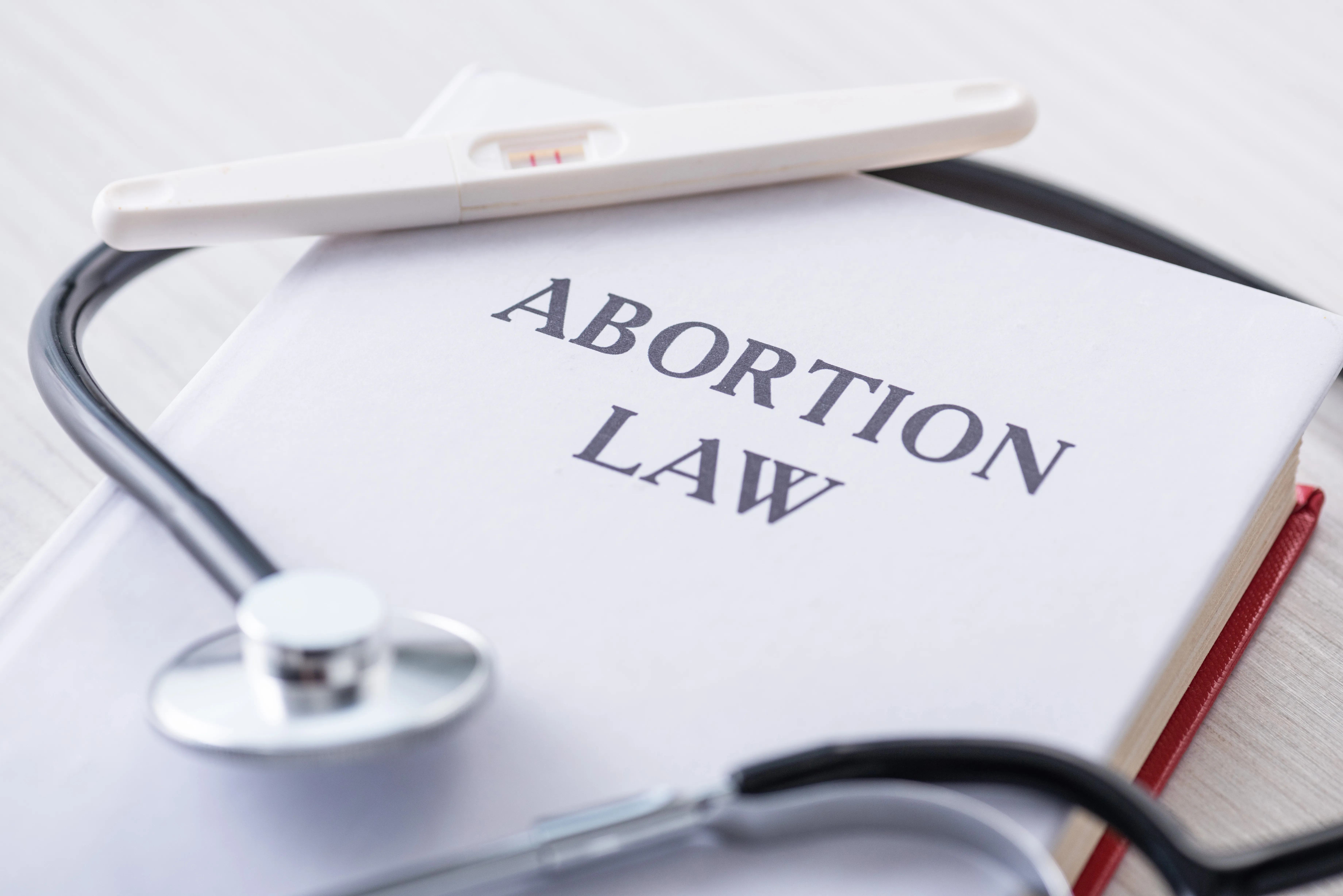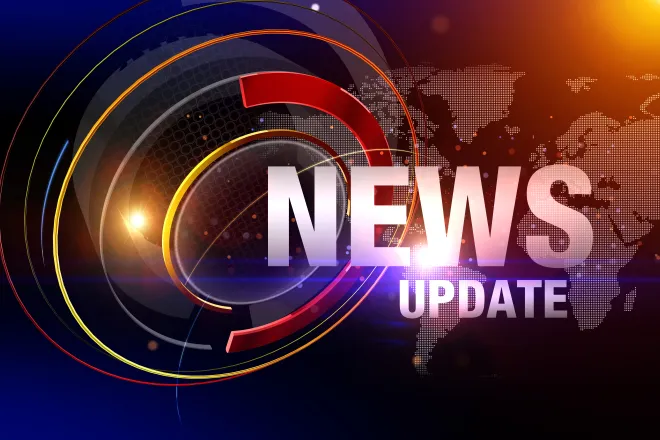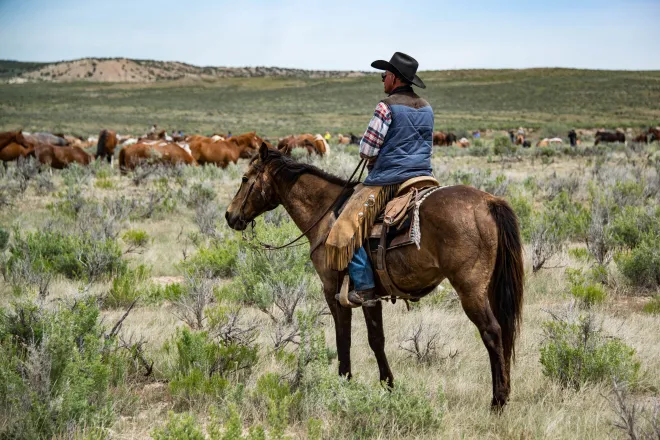
Shutdown leaves gaps in states’ health data, possibly endangering lives
As the federal shutdown continues, states have been forced to fall back on their own resources to spot disease outbreaks — just as respiratory illness season begins.
The shutdown has halted dashboards and expert analysis from the federal Centers for Disease Control and Prevention, which monitors indicators such as wastewater to provide early warnings of the spread of COVID-19, influenza, RSV (respiratory syncytial virus) and other infectious diseases.
The pause leaves states with less early warning on disease outbreaks, potentially endangering lives even as child vaccination rates drop amid increased exemptions and hesitancy fed by misinformation. State and local officials can combat outbreaks with targeted advice to get vaccinated and stay home when sick, but they need to know where to do that first. And residents won’t know to take precautions if they’re unaware when many in their community are falling ill.

© iStock.com/ultramarine5
Wastewater is particularly crucial to finding outbreaks before people start seeking treatment, said Dr. John T. Brooks, a former chief medical officer for CDC’s Emergency COVID-19 Response who retired last year.
“This is one more piece of information to each American citizen to inform their decision, like, ‘Do I want to get vaccinated, and is now the time?’” Brooks said. “It really helps protect Americans by identifying communities where you may need to ramp up, raise awareness, remind people about hygiene.”
Ericka McGowan, senior director for emerging infectious disease at the Association of State and Territorial Health Officials, said the absence of CDC involvement “could be a problem if there’s some major issue [states] miss.” Generally, states and localities gather their own health information, but many rely on the CDC for analysis and public display.
Washington state’s wastewater surveillance program, for instance, uses the CDC’s dashboards to display information to the public. Now, only state officials can see the information, and they would have to rethink the system if the shutdown continues, McGowan said.
Caitlin Rivers, an associate professor at Johns Hopkins University who studies infectious disease outbreaks, checked all 50 states for shutdown-related data issues. In a Substack post, Rivers said the result of the shutdown is “DIY surveillance.”
Georgia had to pause its influenza report, which would normally start this month, because of missing CDC data. However, health officials are working on a version using only state information, said Nancy Nydam, a spokesperson for the Georgia Department of Public Health. Some hospitals report cases to the state and some directly to the CDC, so there will be some information gaps during the shutdown, she said.
In the meantime, Georgia has its own data on emergency room visits showing cases of suspected COVID-19, flu and RSV declining between August and early October.

© iStock - nevarpp
Georgia also has its own wastewater surveillance program, which provides early warning of diseases spreading in the population before confirmed cases show up in hospitals. But some states rely on CDC wastewater surveillance.
Michael Hoerger, an associate professor at Tulane University, had to pause his state-by-state wastewater reports on COVID-19 because of the lack of CDC wastewater data and an unrelated pause in data from a private wastewater reporting collective called Biobot, he said. Biobot did not respond to a request for comment.
“The pause means that we won’t have a good sense of which states are dealing with elevated transmission [of COVID-19] until the data come back online,” Hoerger said. “I can still post useful national estimates and forecasts, but that doesn’t really help with states that are outliers from what’s happening nationally.”
Hoerger’s Pandemic Mitigation Collaborative released a report in August on COVID-19 hot spots in California, and the highest state rates for COVID-19 in late September were in Connecticut, Delaware, Nevada and Utah.
For the time being, all Hoerger can do is rely on past forecasts predicting about 499,000 new COVID-19 infections a day as of Oct. 13, the first time it’s been under 500,000 since July.
“We’re in a bit of a blackout at the moment in terms of real-time rigorous data,” Hoerger said. “Fortunately, at least nationally, we’re in a relative lull in transmission.”
Like Georgia, many states can monitor wastewater on their own to track COVID-19, flu, RSV and other diseases, according to a list compiled by Hoerger’s Pandemic Mitigation Collaborative.
Texas, for example, has not had trouble updating its data during the shutdown, health department spokesperson Chris Van Deusen said. “We do our own surveillance for most metrics,” he said. However, the state no longer gets information on new COVID-19 and RSV deaths from the federal government, he said.
North Carolina also gathers its own wastewater data and interprets it with help from the University of North Carolina and local health departments. Normally, the CDC would weigh in with its own guidance and post results on a national dashboard — actions that are paused in the shutdown, said Hannah Jones, a spokesperson for the state health department.
But even if they have their own wastewater data, other state and local health departments may rely on the CDC for analysis and guidance, said McGowan, of the state health officials group.
“Even if you collect the data, you still have to have someone who is an expert to analyze that data to give you some kind of result,” McGowan said. “A lot of localities don’t have that kind of expertise in house and they rely on the CDC for that type of technical expertise and guidance. So there’s a gap there.”
Rivers, the Johns Hopkins associate professor, wrote in her post that she sees “clouds on the horizon” in some states. There are more young children, who are most susceptible to RSV, visiting emergency rooms in Louisiana, South Carolina, Texas and Virginia, she wrote, and also more hospitalizations in Texas.
















